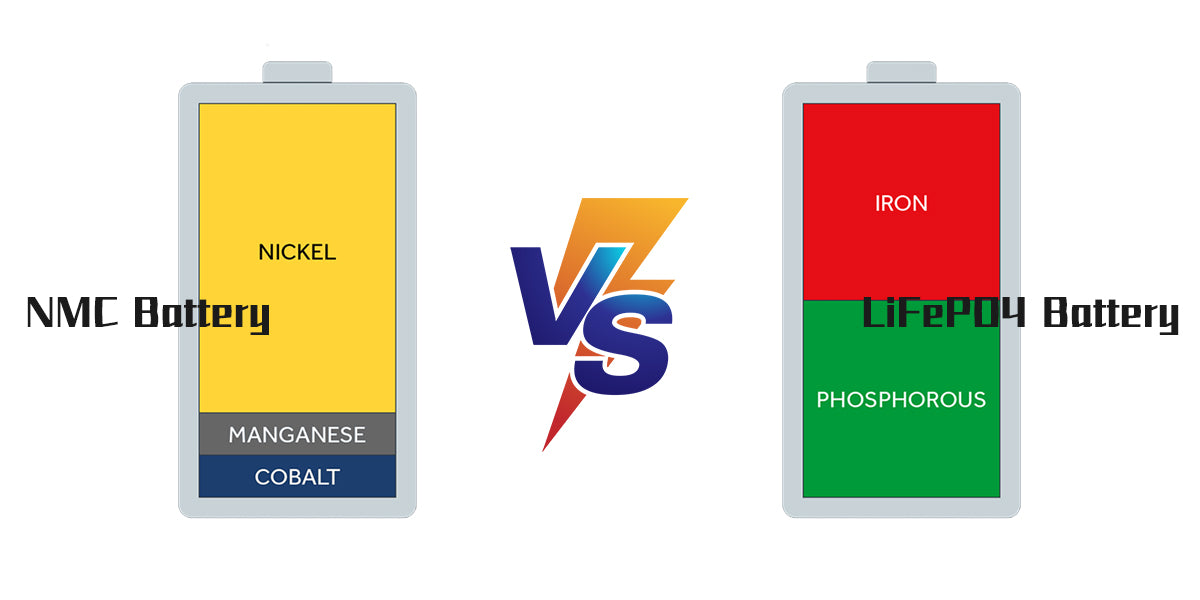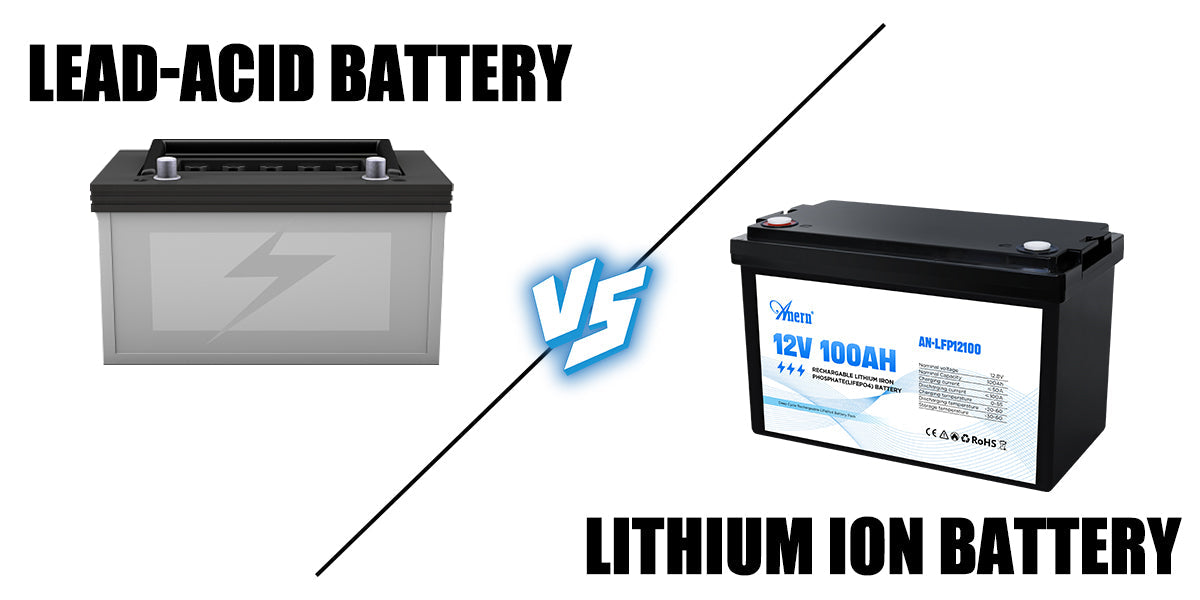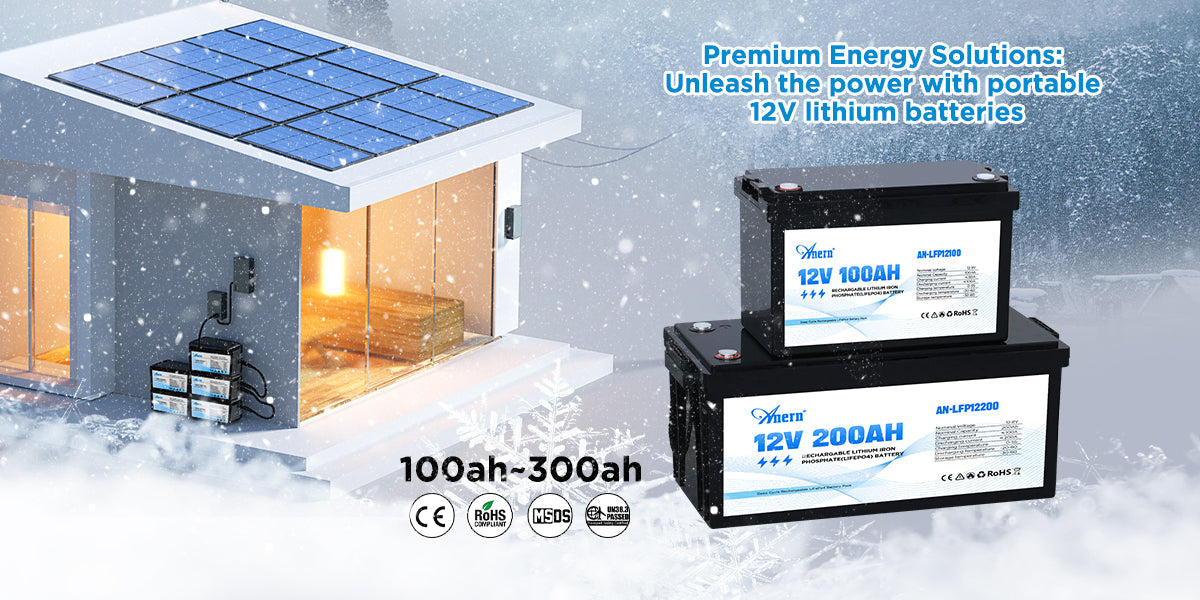Homeowners want a decision they can trust. For most homes, LiFePO4 vs. NMC favors LFP because thermal stability is higher and cycling stays predictable.
Before you buy, ask for a system listed to UL 9540 and a readable UL 9540A summary. Plan location and spacing according to your local rules; many installs keep 3 ft between units unless tested data allows closer. If space is tight, you can still evaluate NMC with strong home battery safety features and controls that cut NMC battery thermal runaway risk.
This guide compares LiFePO4 vs. NMC, highlights the safest battery chemistry for home, and gives checklists you can use with your installer. The goal is safe design, clean approvals, and steady daily use.
What Should You Check First When Comparing LiFePO4 vs. NMC For Home Use?
A fast precheck saves time and money. Start with the site, then the documents, then performance targets. This keeps LiFePO4 vs. NMC grounded in your real constraints.
- Local rules and utility steps. Ask your installer which residential rules apply. Note any bans on living spaces and the minimum clearances for doors and windows.
- Required paperwork. Request the UL 9540 listing information and the UL 9540A summary for the exact unit. These two items support approvals and safe siting.
- Backup run time. List the essential loads and the hours you need. Size capacity with a climate margin.
- Thermal environment. Check summer highs in garages and winter lows in unconditioned areas. Temperature drives charge limits and service life.
- Space and mounting. Map wall studs or the pad footprint. Plan working clearance for airflow and service.
Which Is The Safest Battery Chemistry For Home Use In LiFePO4 vs. NMC?
For most homes, LiFePO4 battery is the safest battery chemistry for home use in the LiFePO4 vs. NMC decision.
Safety comes first for a home. Across understanding home battery chemistries, LFP shows calmer heat behavior than layered oxide cells. That means a higher temperature is generally needed before a cell runs away. System design still matters, yet the starting point favors an LFP battery for residential use.
Practical reading of this outcome looks simple. If your priority is family safety and steady daily cycling, LiFePO4 vs. NMC points to LFP. If you consider NMC for a compact site, raise the bar on detection, spacing, and temperature control. Ask your installer to show exactly how the design manages abnormal heat and how shutdown works during an event.
How Do Home Battery Safety Features Mitigate NMC Battery Thermal Runaway?
- Good features stop problems early and prevent spread. They also help LFP systems perform better. Use this short list before you pay a deposit. It targets NMC battery thermal runaway and improves LiFePO4 vs. NMC outcomes in general.
- System-level listing. A true UL 9540 listing covers the entire unit. Integration details are validated, not only the cell.
- Thermal test data. A UL 9540A report summary explains behavior at cell, module, and unit levels. Ask for the pages that guide spacing and siting.
- Clear spacing rules. If the manual or test data sets a distance between units, plan your layout around it. When data is silent, many inspectors ask for three feet.
- Sensing and alarms. Confirm temperature sensors, smoke or gas triggers, and an audible alarm. Ask what shuts down first and how fast it happens.
- Service plan. Request the firmware update process, the log file access, and return steps for bad modules.
LiFePO4 vs. NMC: Comparison Table And Scenario Matrix
A quick view helps you move from theory to choice. Use the table to screen options, then check the scenario notes.
| Decision Lens | LiFePO4 vs. NMC Finding | Your Action |
| Thermal stability | LFP shows higher thermal stability and calmer propagation traits in many tests and field reviews | Prefer LFP for homes when safety margin is the first goal |
| Runaway behavior | NMC can enter a runaway at lower temperatures and can release more energetic gases | If using NMC, plan higher safety controls and strict spacing |
| Cycle life in daily use | LFP often sustains deep cycling with steady aging patterns | Size for your daily depth of discharge, and document the warranty terms |
| Temperature limits | NMC and LFP both restrict charge at low or high temperatures, yet LFP tolerates home ranges well with proper design | Plan the install around your real seasonal temperatures |
| Documentation path | LFP systems often come with clear UL 9540 and UL 9540A paperwork for residential siting | Ask for both documents early to prevent redesigns |
Scenario Matrix
- Dense neighborhood or attached garage. Choose LFP in the LiFePO4 vs. NMC decision. Follow the spacing in the manual or the UL 9540A guidance.
- Outdoor pad with room to spare. LFP still fits best for most users. If you keep NMC on the list, add airflow notes, sensor placement, and a documented shutdown path.
What Code Compliance Checklist Keeps Any Install Safe Regardless Of Chemistry?
Codes protect people and property. A simple three-stage checklist keeps your LiFePO4 vs. NMC choice aligned with safe practice. Each stage should appear in writing in your plan set.
Before install
- Confirm UL 9540 listing and the UL 9540A summary for your exact unit.
- Mark the position on drawings with clear distances to openings and ignition sources.
- Reserve space for future service and for airflow.
During install
- Mount to the manual. Apply the required torque on the terminals.
- Route conductors cleanly with the right overcurrent protection.
- Verify ventilation and responder access.
After install
- Run functional tests for alarms and shutdown.
- Save documents and logs.
- Show every adult in the home how to respond to alarms.
Can NMC Be Safe For Home Use If Installed To Code?
Yes. A system with a valid UL 9540 listing, a clear UL 9540A summary, and a layout that meets spacing rules can be compliant. The design still needs robust home battery safety features. That includes strong thermal monitoring, clear alarm logic, and a location with controlled ambient temperatures. If the home is compact or complex, LiFePO4 vs. NMC still tilts to LFP because it gives a wider starting margin.
What Does UL 9540A Actually Show For A Home Battery?
The method explores how a unit behaves in a runaway event and how heat and gas move through the stack. Results guide spacing, barriers, and siting. It does not act alone. Inspectors read UL 9540 together with UL 9540A, then apply the local rules for residential energy storage. Ask your installer to walk you through these pages. This is understanding home battery chemistries in a practical way you can use.
What’s The Bottom Line On LiFePO4 vs. NMC For Home Backup?
For typical U.S. homes, LiFePO4 vs. NMC leads to LFP as the safest battery chemistry for the home. It brings a calmer thermal profile, steady cycling, and a paperwork path that supports quick approval when the design follows the manual. That mix produces quiet backup power and low effort ownership over time.
Ready to move? Write down your runtime goal, your available space, and your seasonal temperatures. Share this list with your installer and request the UL 9540 listing and UL 9540A summary on day one. Use the checklists in this guide to compare LiFePO4 vs. NMC side by side, then schedule your site walk.





Leave a comment
All comments are moderated before being published.
This site is protected by hCaptcha and the hCaptcha Privacy Policy and Terms of Service apply.